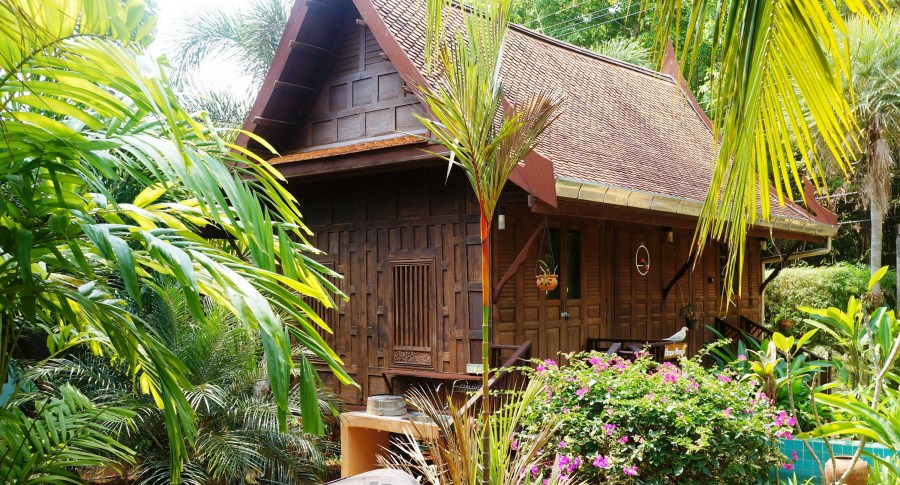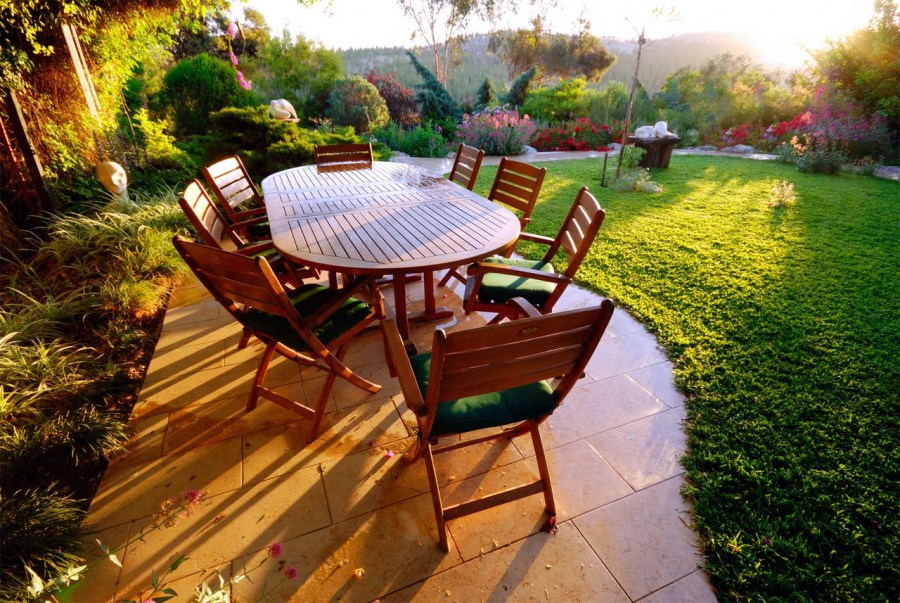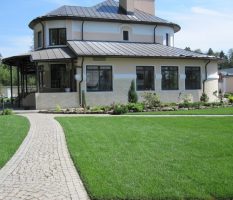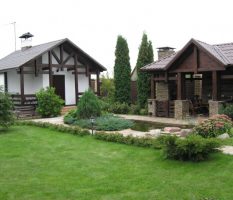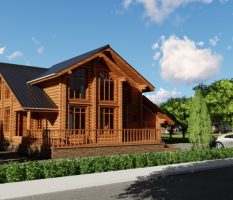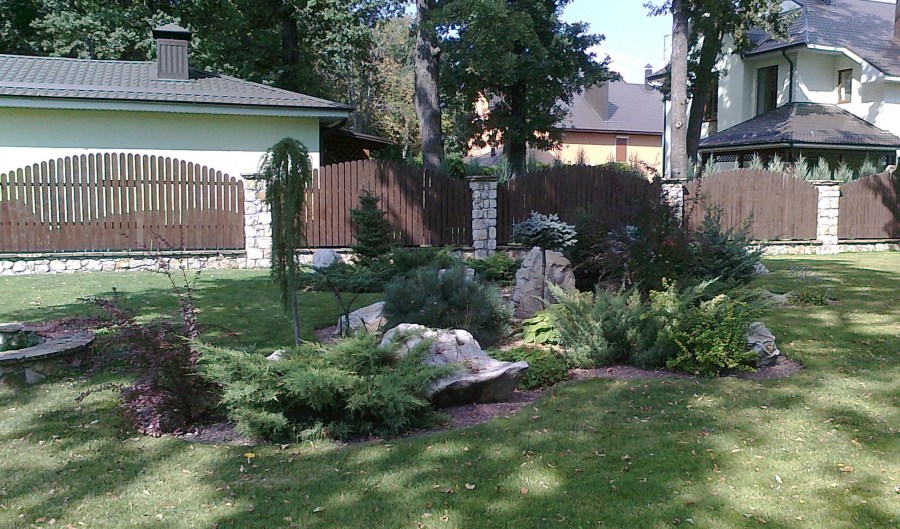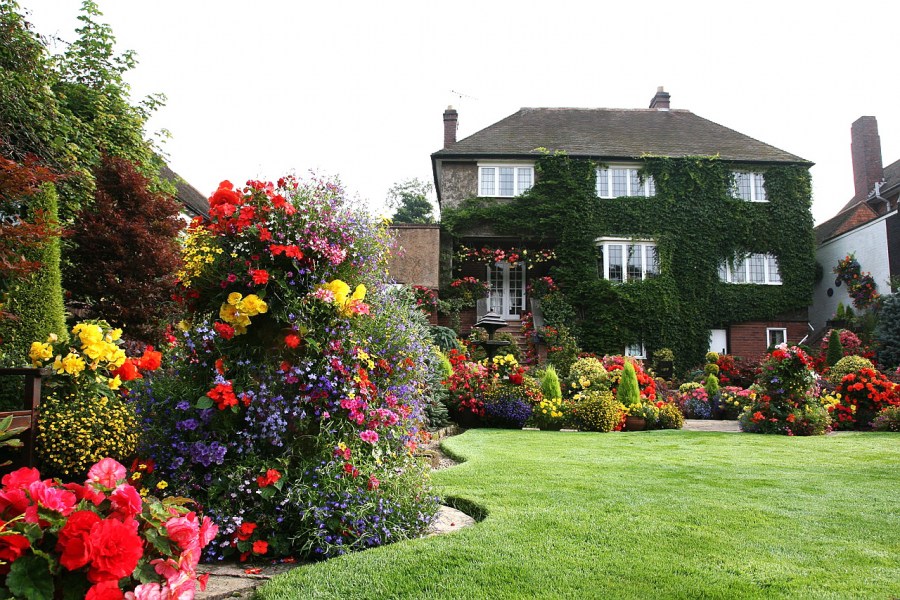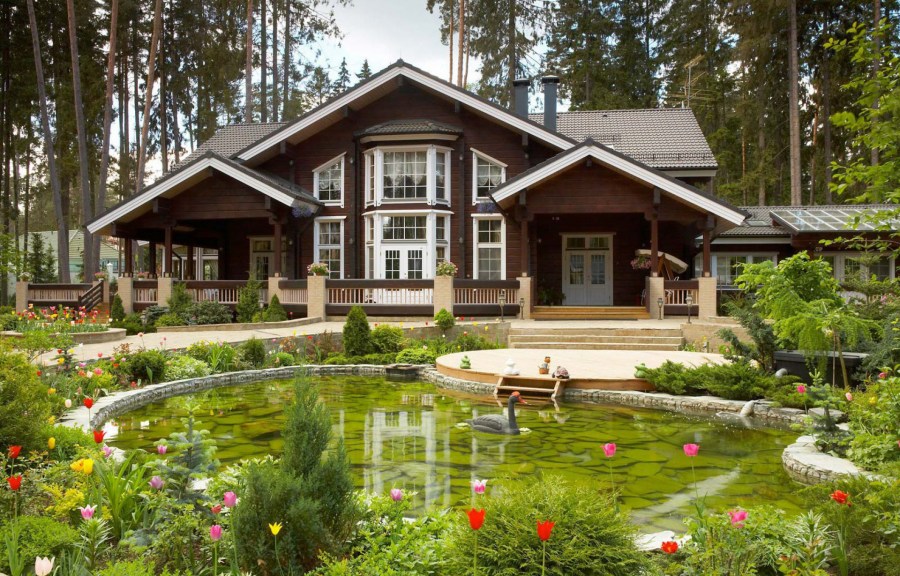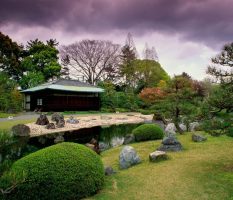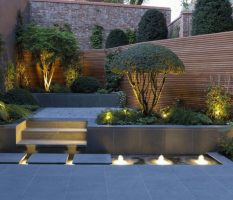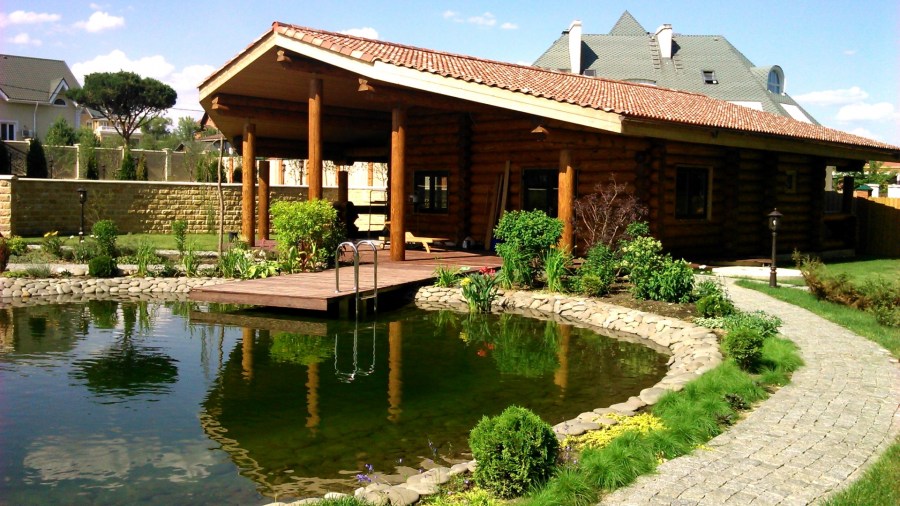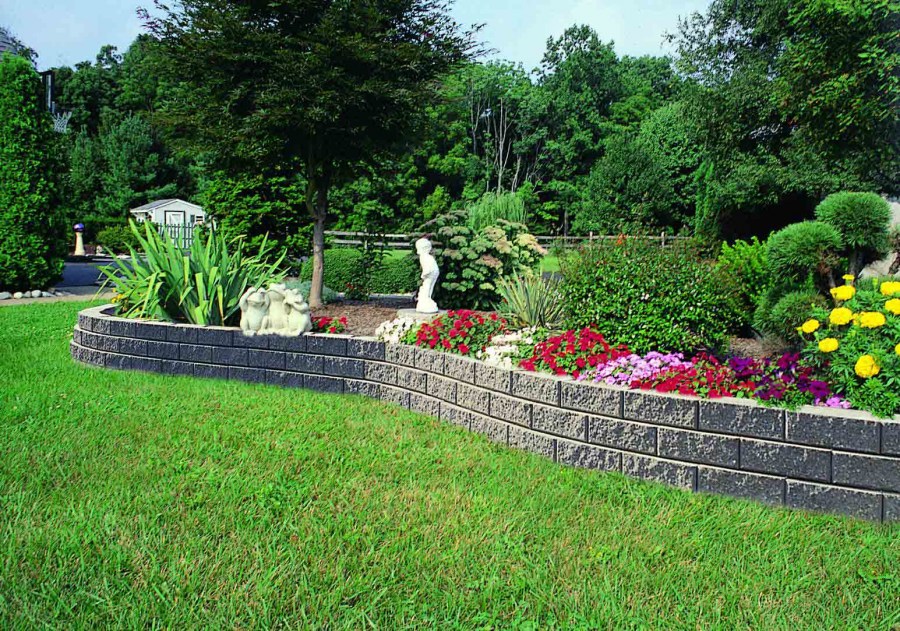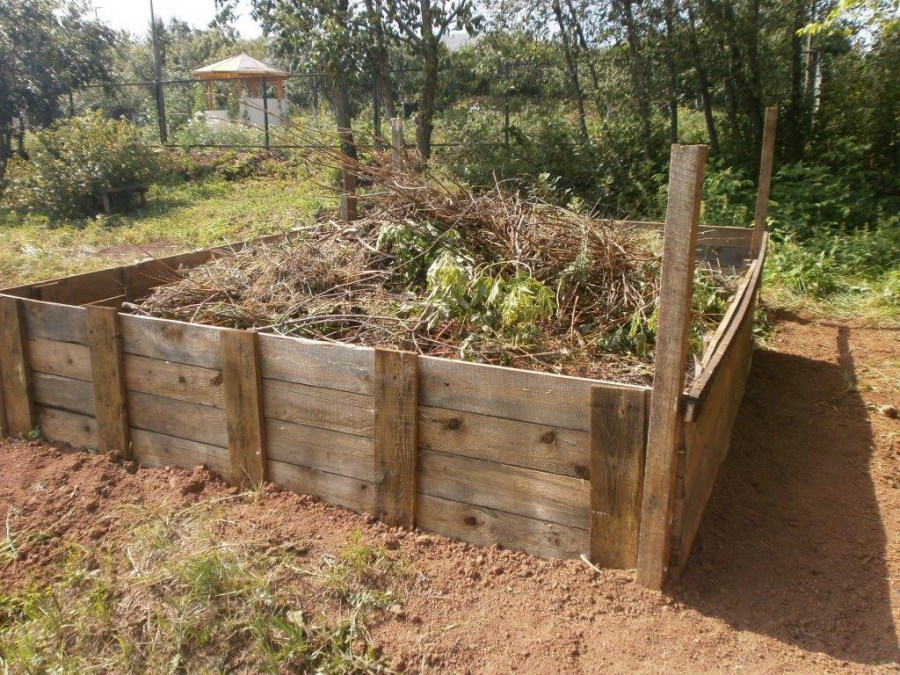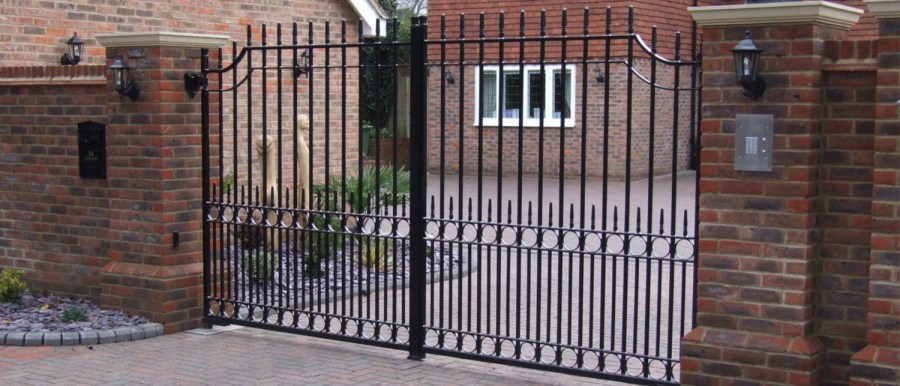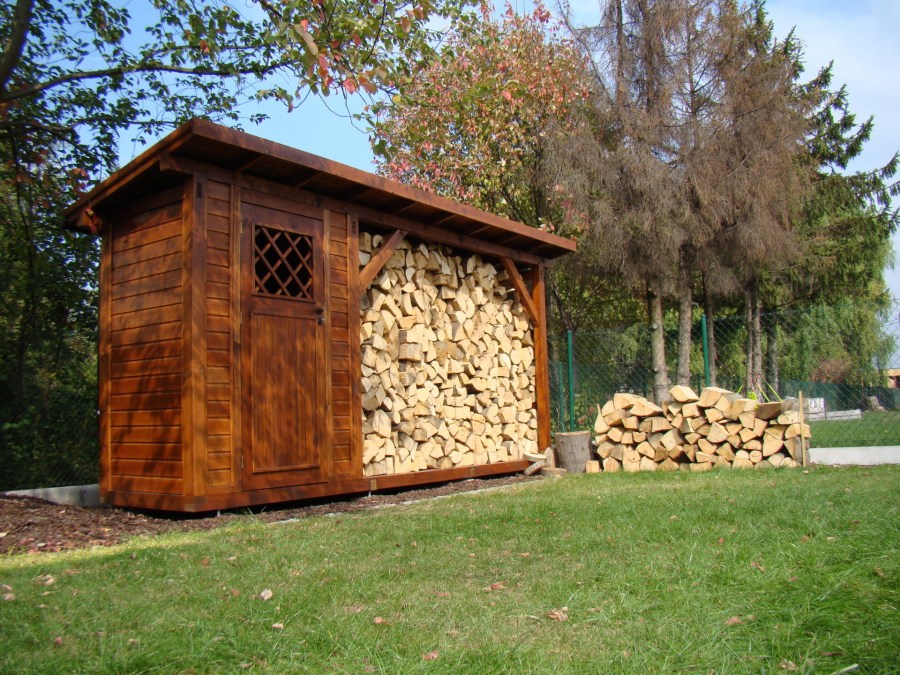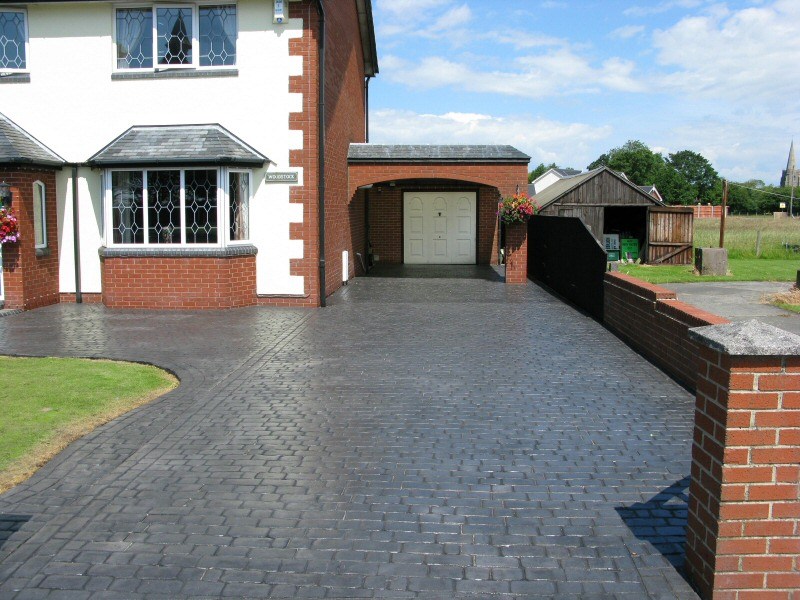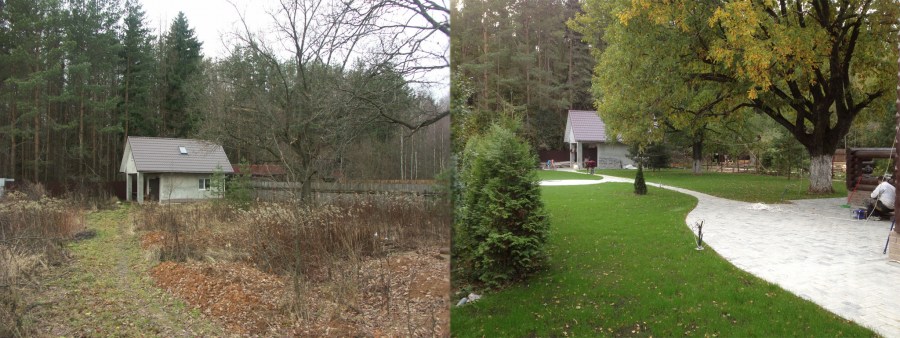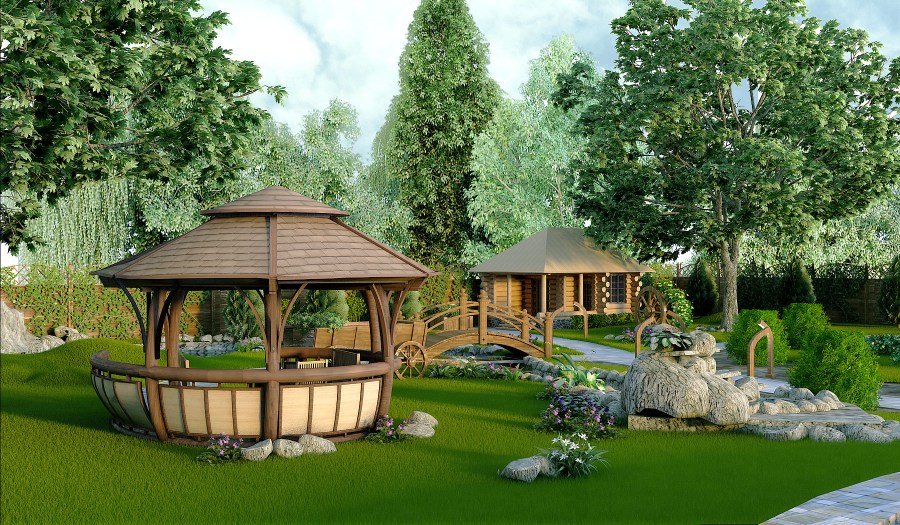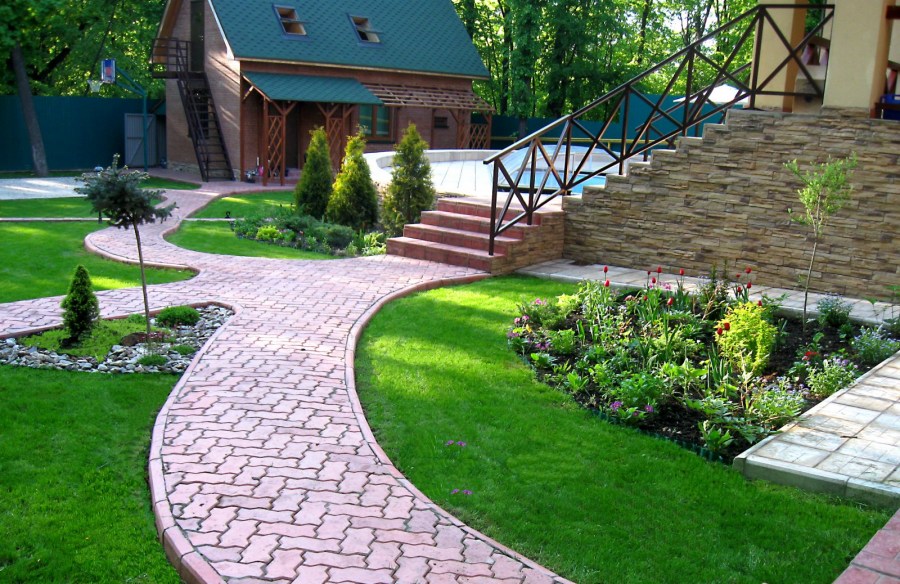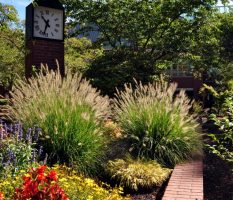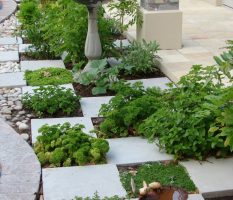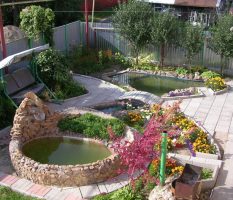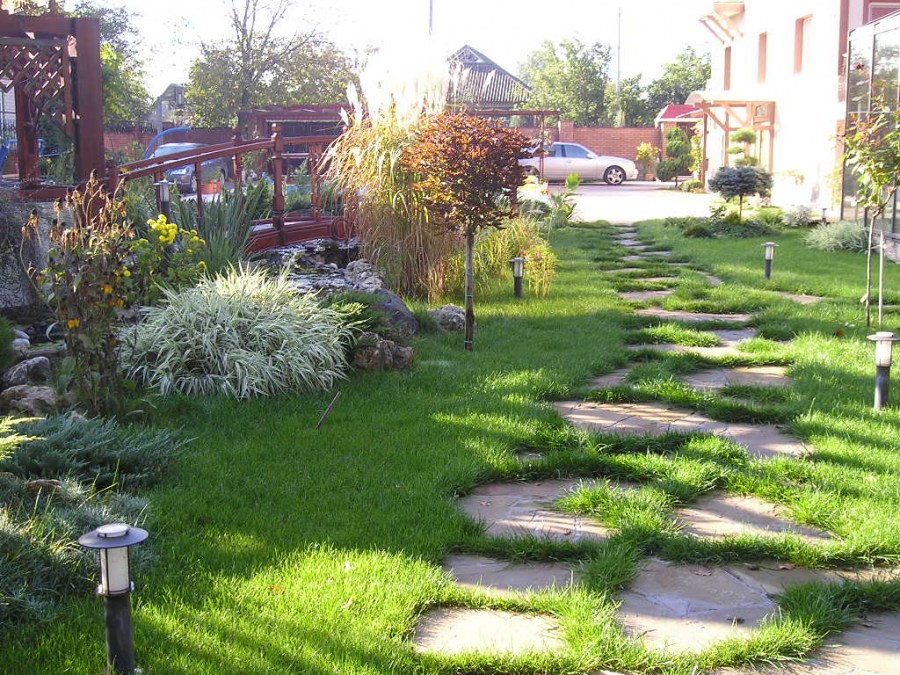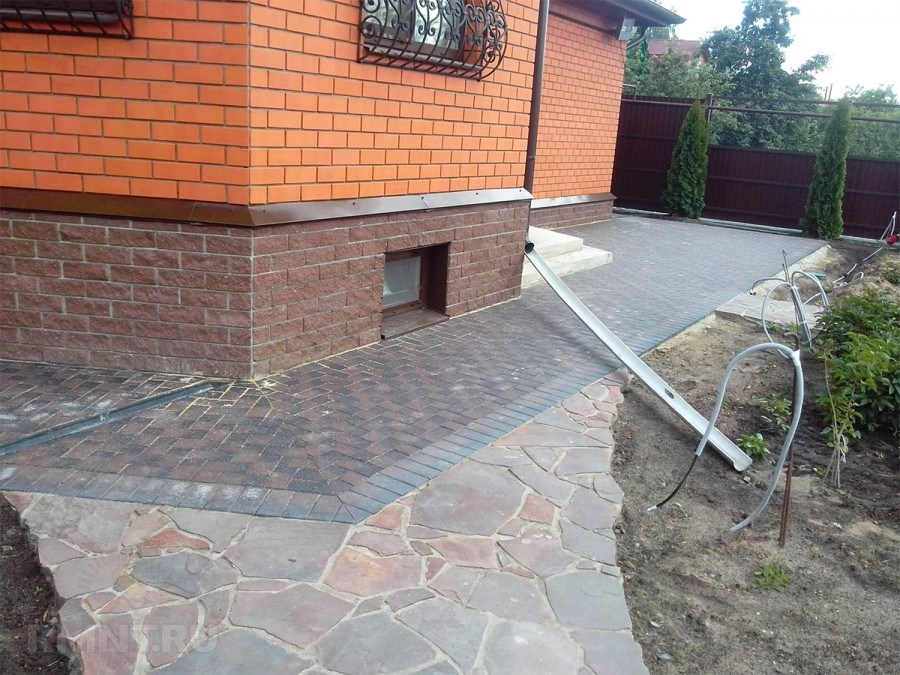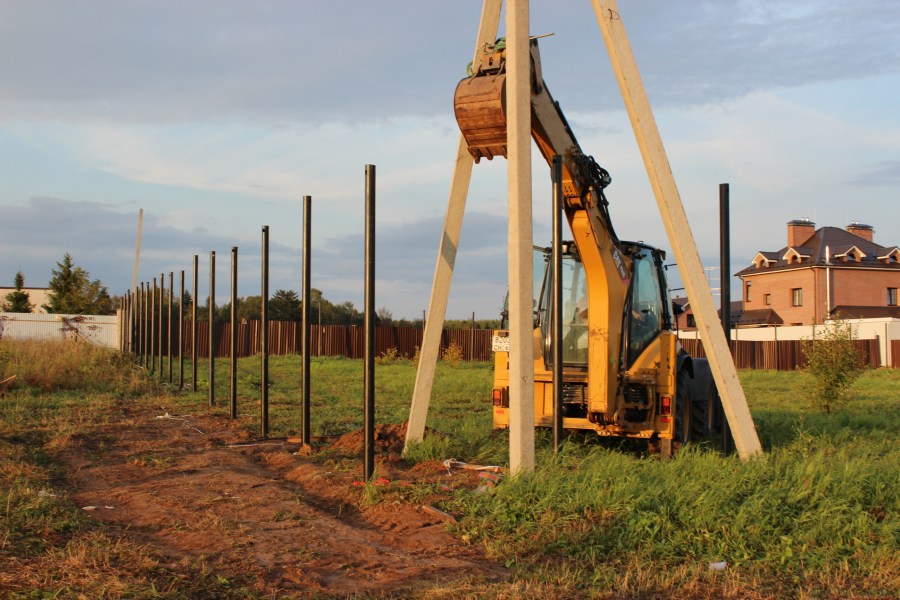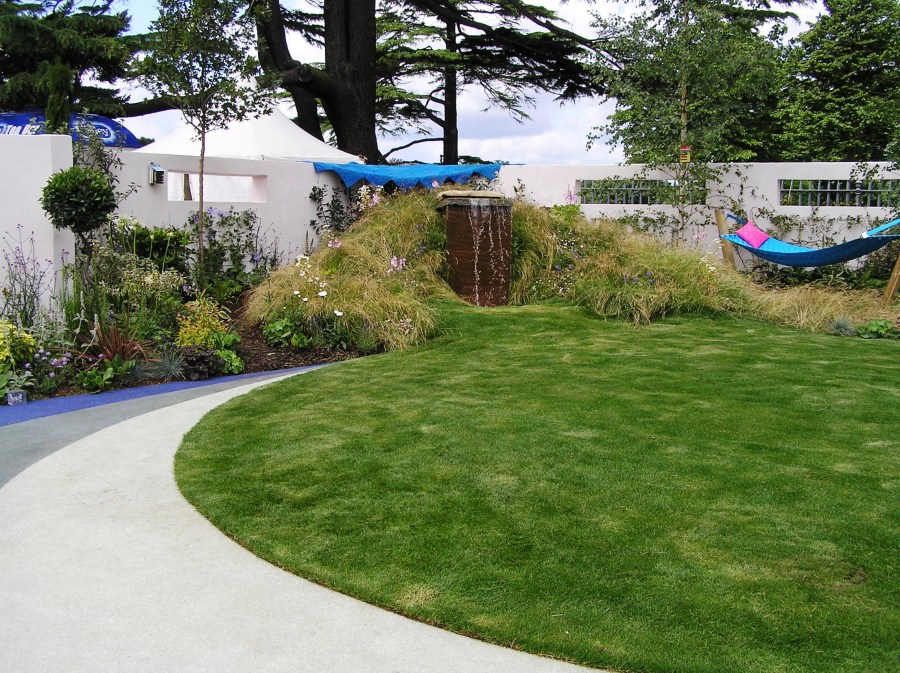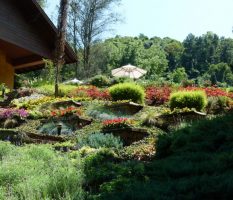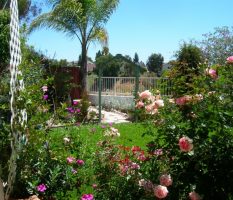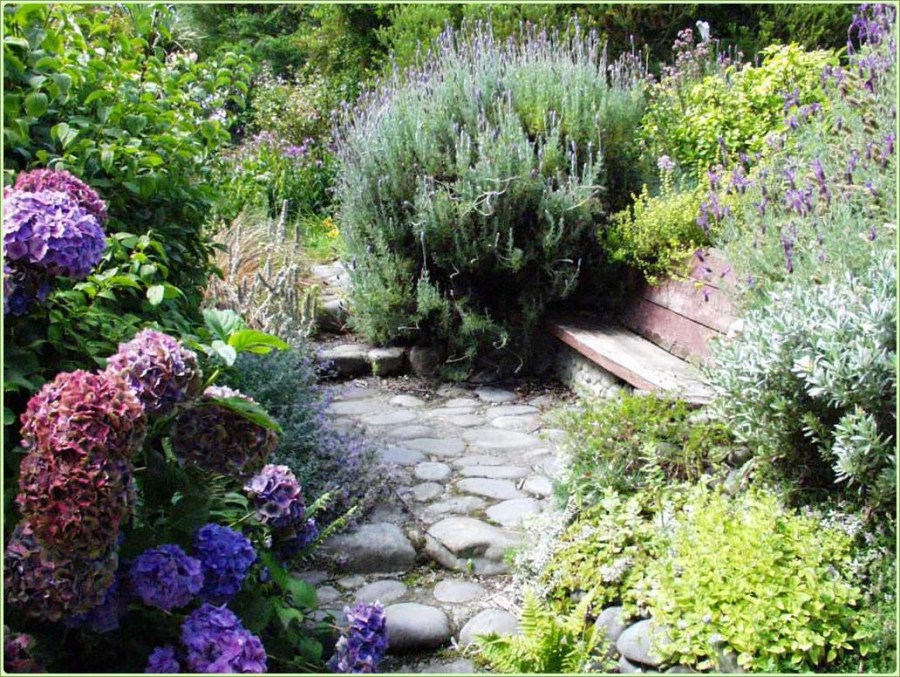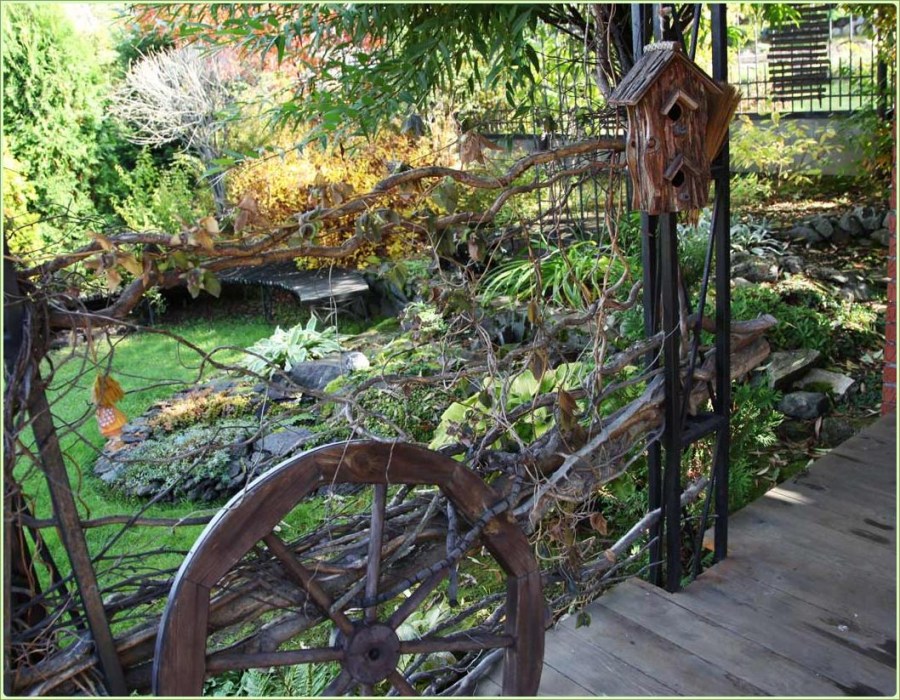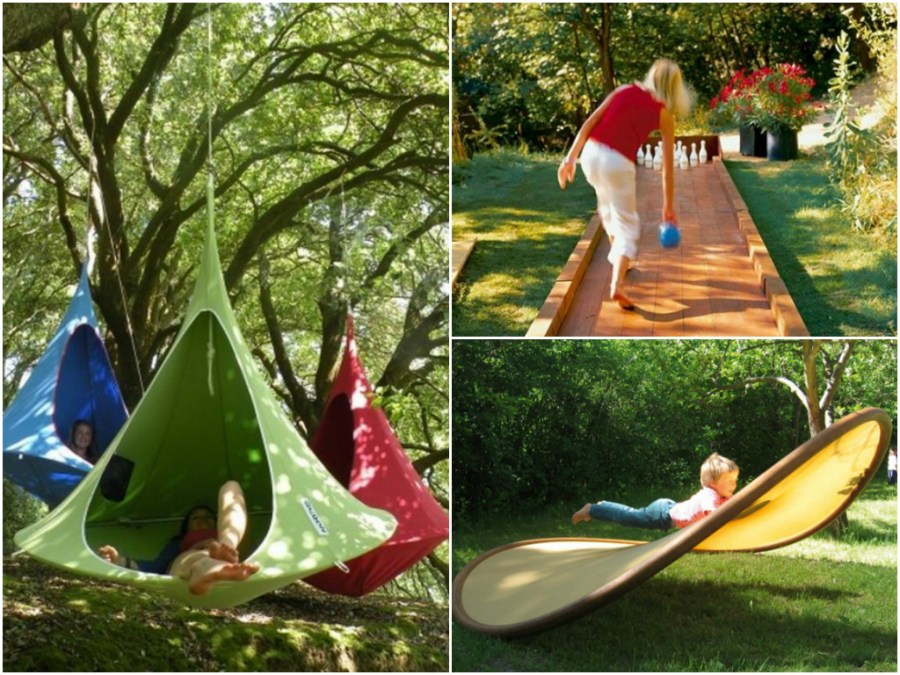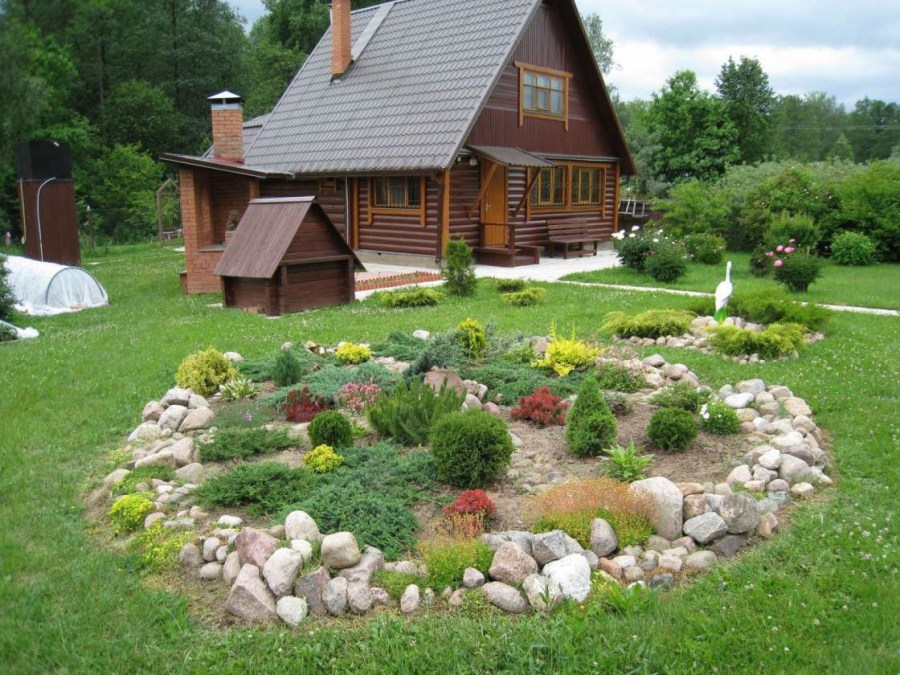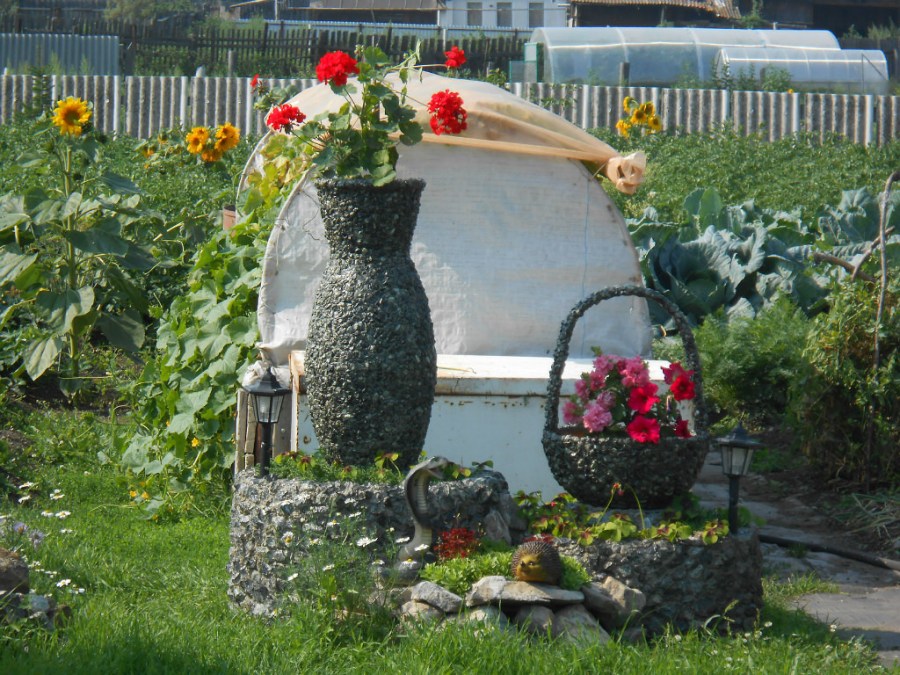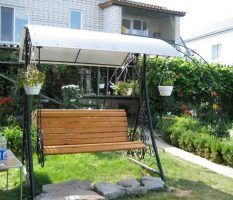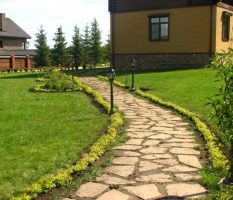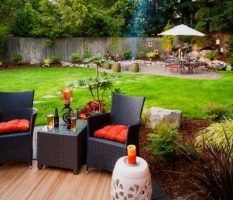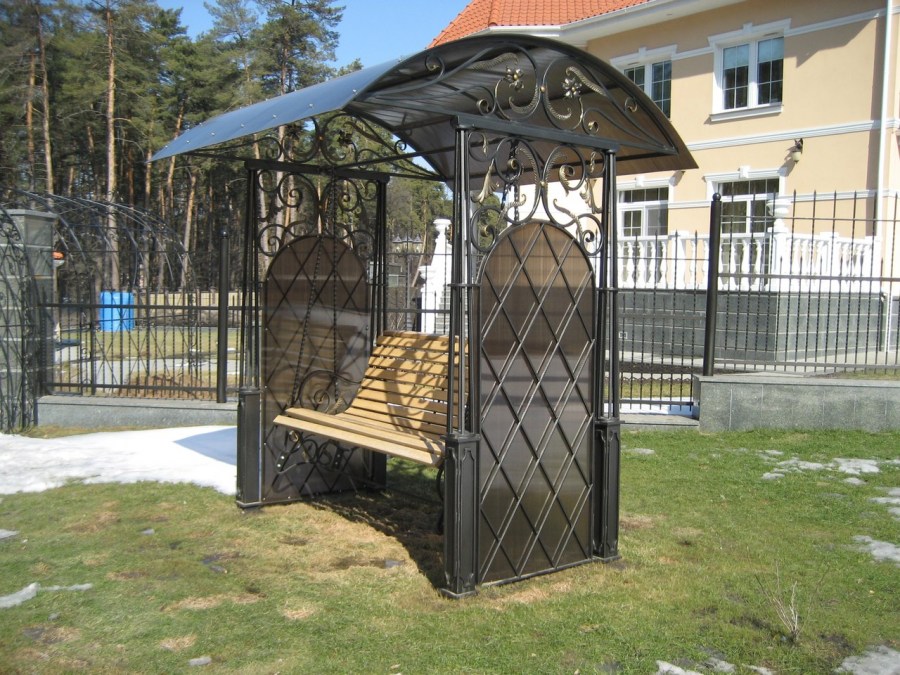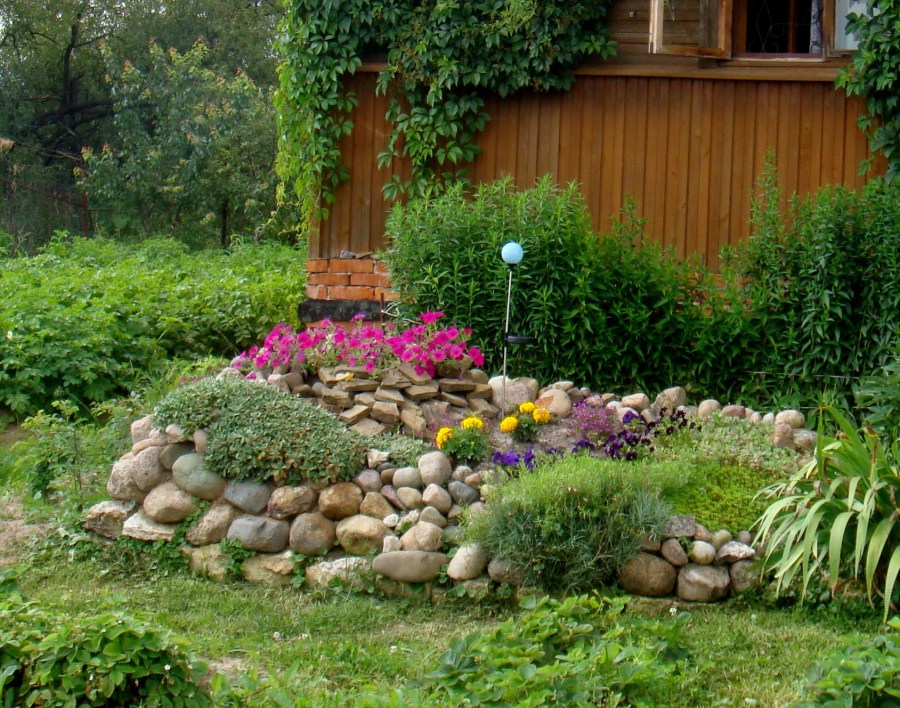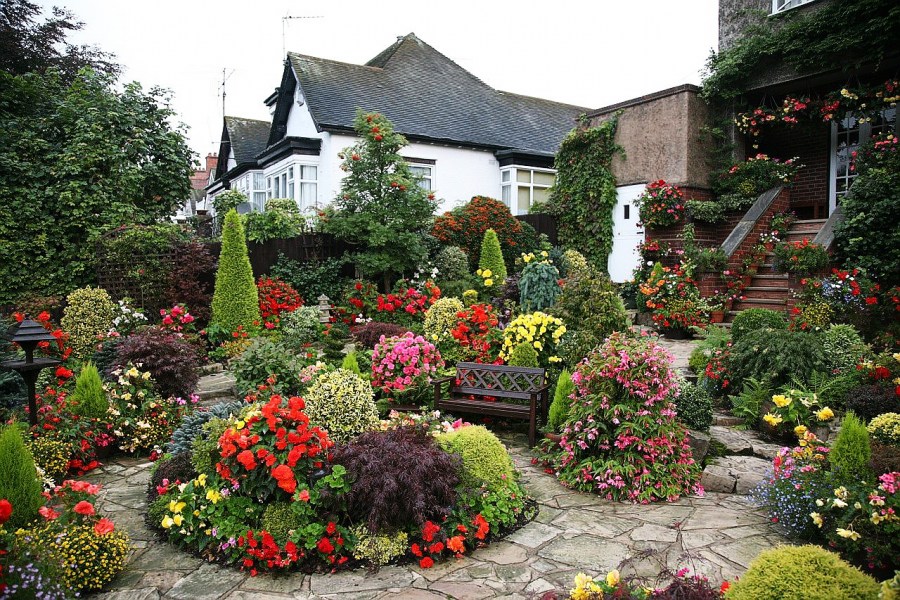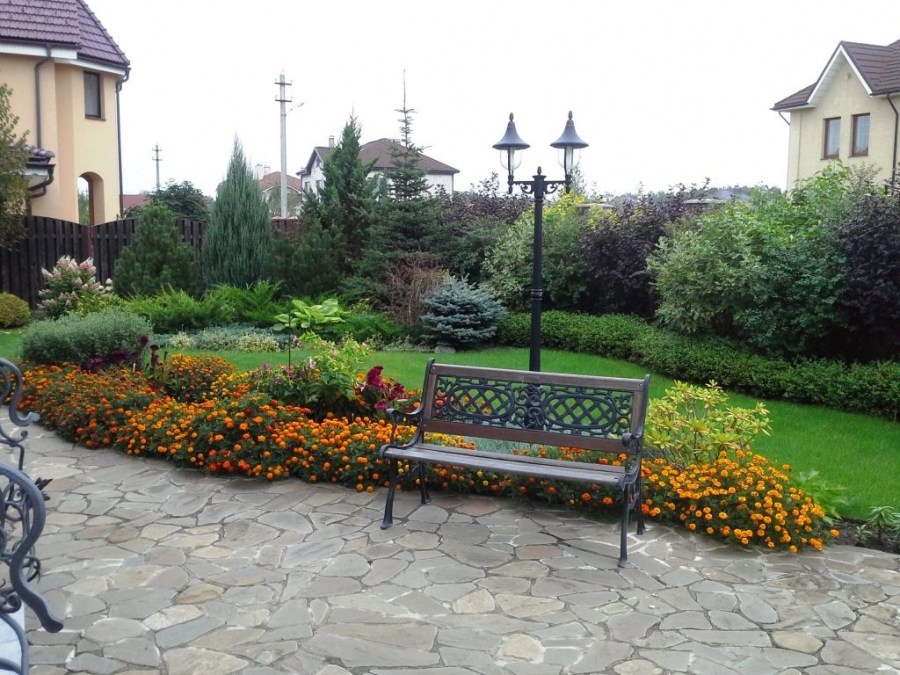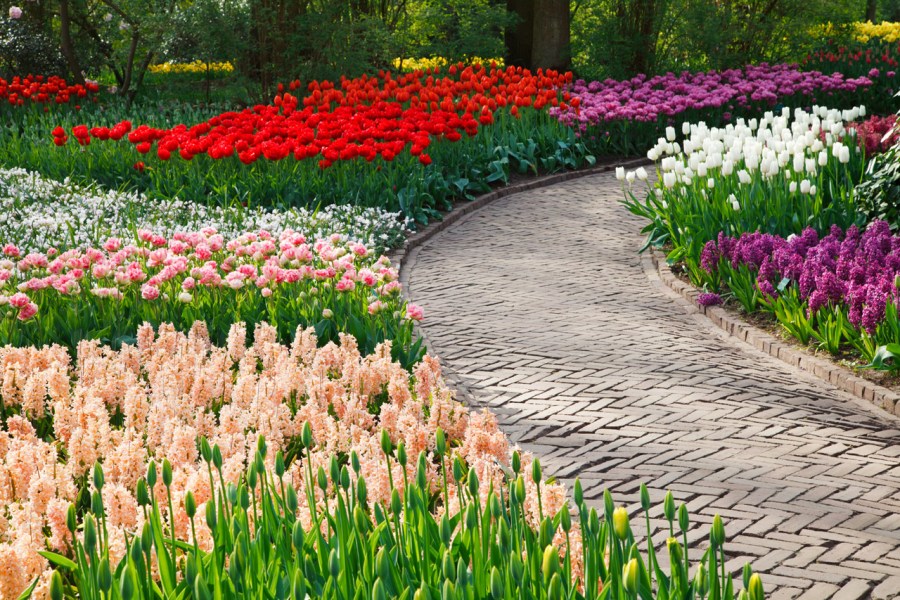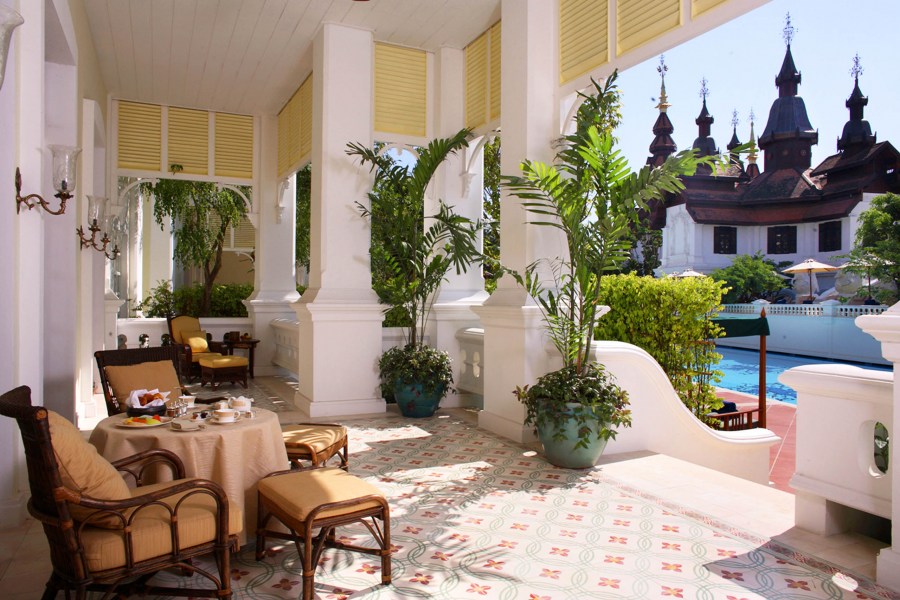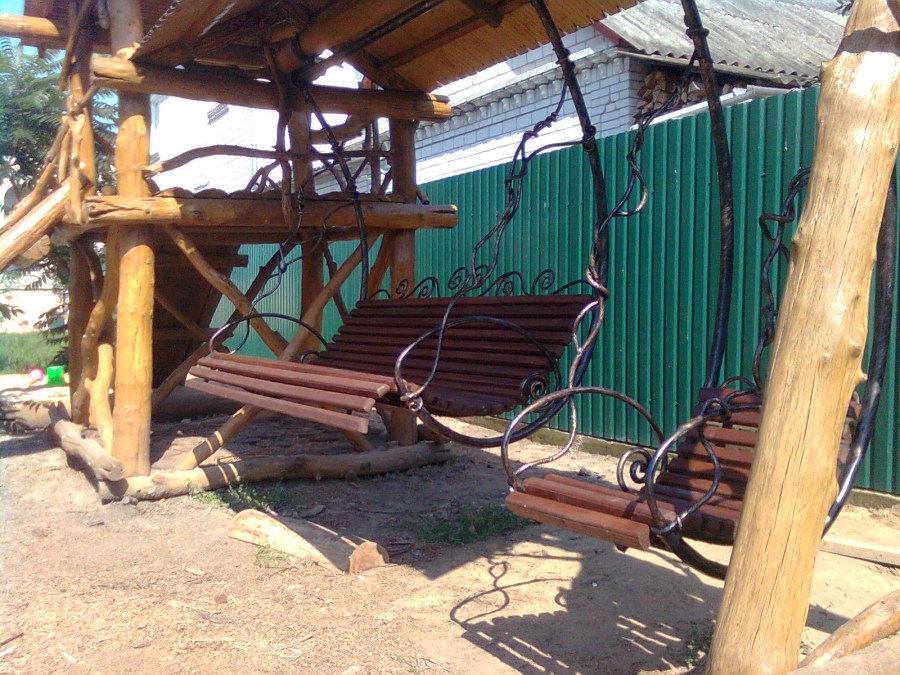Styles of plots - the basic rules for creating landscape design for a plot or garden (130 photos)
Which of us did not want to create something truly unique in our life? Such a chance is presented to people quite often, but, as a rule, someone simply does not notice, and someone unknowingly misses it. This chance is the development of unique styles for your own summer cottage.
So why, even now, when landscape design has ceased to be the exclusive prerogative of professional designers, can’t get on at least one stage with masters from the past, imitate the great gardeners who created the royal and imperial gardens without special equipment, teams of work and 3D programs?
You will find the answer to this and many other questions in our article. We will tell you how to avoid mistakes when designing your own world, and how to find the very unique style that people have been striving for so long since time immemorial.
Your garden is not just a heap of flower beds and plantings, it is your own reflection, and therefore must have a “face”. Remember how Chekhov’s Cherry Orchard became not just a grove, but the main character of the work? But it was he who personified the inner harmony and calm of the departing past, which the heroes of comedy lacked so much.
So you have to create your own cozy little world where you can enjoy peace and abstract from any worries, vanity and problems.
The main mistakes made when choosing a landscape
Have you ever wondered why a site with ponds and ditches, various paths, streams, fountains, alpine slides and even outdoor vases looks completely absurd, while an almost empty green space with a strange "ikebana" in the middle invariably attracts the eye?
So, this part of the article is devoted to the main mistakes that people make when creating the style of their garden plot.
The most important mistake of any designer, even for the first time trying himself in such an unusual kind of activity, is the lack of a concrete plan. No, no one can say for sure exactly what his garden should be like, but you should at least get acquainted with a wide range of possible solutions before placing an alpine hill opposite a weeping willow, under which a children's pool is already located.
Do not use too bulky elements in the design - this will create a feeling of stiffness and limited space.
Do not try to use all the styles you like at once for garden design. Their mixing is permissible, but only in certain proportions and subject to strict zoning (for example, the dining area can be done in a regular style, and the area for rest and relaxation in a landscape style, as if making you even closer to the pristine natural beauty).
It is strongly discouraged to “combine incongruous” when you work with nature. This rather destroys the composition than makes it unique, because it is not in vain that the layout of the area is so closely connected with drawing and mathematics.
If you are creating a children's zone, take care of its isolation from the rest of the garden in advance. A children's table often looks extremely comical in the middle of a cypress avenue or near an elegant Victorian gazebo.
Determinants of Style Selection
Creating a stylish site design is not as easy as it seems. Even if it seems to you that the project is perfect, it is worth considering some circumstances beyond your control, because of which the resulting garden will not live up to your expectations. Let us mention the main stages of choosing one or another style: this will not only save you from the need to “rebuild” plans on the go, but also significantly reduce the number of possible options.
Determine which base elements you want to use. It’s not necessary to associate yourself with a certain style, but remember that light and transparent Japanese motifs are inappropriate in combination with majestic classics, its wide paths and ideal geometric shapes.
Evaluate the relief of the site: for some styles only flat terrain is suitable, and the obligatory element of others is small mounds or even huge boulders.
Think about whether you have time and the opportunity to care for the garden should be in a way to maintain it in pristine condition. So, “idealized” classics require constant attention, while a landscape style garden (that is, close to the look of natural landscapes) can quietly thrive without your help for quite some time.
Decide on the zoning of the garden plot, its location relative to the house, fence or garden: all these zones should be in harmony with each other. So, the garden is better to separate from the recreation area with a hedge, and the mansion, made in the colonial style, requires an appropriate type of garden in the backyard.
Do not forget to pre-design the site on paper or using special computer programs. If you intend to make a garden in a mixed style, we recommend that you first collect the collage on your computer (on the Internet you can find many photos of sites of very different styles, so choosing the right material is not difficult).
The main range of styles
Before creating your own garden, you will have to get acquainted with many different styles that have their own characteristics and traditionally accepted elements.
Remember that any style you choose for landscaping a summer cottage should first of all reflect your attitude and worldview, a unique understanding of natural beauty created by human hands.
And in order for your garden to amaze the imagination of both a simple layman and a seasoned designer, it is worth knowing the main directions characteristic of landscape gardening art.
Regular style - style of ideals
It is characterized by regular geometric shapes, excessively pedantic shrubs, perpendicular high walls and hedges, wide straight paths.
The main attribute is a round pond or flowerbed, which are usually located in the very center of the site. It is from the center that all the paths diverge - this style assumes the presence of a centralized composition.
This style is also called classical, and therefore, antiquity becomes its prototype. Sculptures and round balls, flowerpots, classical columns, wrought iron gates, high arches and large stone benches. The color scheme usually implies the prevalence of delicate, unobtrusive, pastel shades: blue, sand, gray, beige.
This style is suitable for wealthy people who have a country house with wide, even spaces near it.Gardens in the old days liked to be supplemented with small labyrinths, dim lanterns and awnings - it was there that receptions, dinners and dances were held, intrigues were laced and destinies collapsed. And nowadays classics speak of refined taste and adherence to traditions.
Landscape (English) style
Landscape (English) style of a summer cottage is radically different from regular. On the contrary, it expresses a desire for pristine natural beauty: soft and smooth lines, winding paths and hills, uneven terrain, arbors lost in the depths of gardens, covered with centuries-old ivy - all this is a reflection of the natural power that conquered the garden.
The motto of the English style is naturalness. No deliberately created forms, no abrupt transitions and neat flower beds. The garden should merge with the environment, and the house and other buildings should be lost against its background.
Here all shades of green, dirty yellow, brown are suitable - any unobtrusive colors that can be borrowed from nature itself.
This style was characteristic of Russian noble estates. It provides the owner and guests with privacy, relaxes the mind and allows you to achieve inner harmony, spending time alone with your thoughts and experiences.
A “landscape” is suitable for people whose plot is on the forest edge or somewhere near the forest, or if tall conifers grow in the garden, and most of the space is shaded. It is within these large groups that it is worth highlighting some of the most interesting design decisions:
French garden
The French garden is one of the garden options that can be arranged even in the backyard of a small house. It does not imply the presence of a garden or flower piles, most often it is an empty lawn with a recreation area somewhere in the interior and a path leading to a house that does not stand out against the general background.
Plants are often low, mostly leafy. Bright flowers here to plant is simply not accepted.
Rural country style
Rural country style is the solution ideal for any gardener. Ease, a pile of tools and sometimes absolutely ridiculous accessories, deliberate negligence and, of course, a garden instead of a recreation area, because we are dealing with imitation of the peasant tradition.
Umbrellas on trees, pots and horns on fences, painted chairs and many bright plants randomly scattered here and there, the absence of smooth paths and lawns - all for the good of naturalness. Small plantings of fruit plants, ornamental trees or climbing roses are welcome
Provence
Provence style plots seem to have been created for very small houses, the owners of which decided to fence off a very small recreation area. Usually, in relatively small spaces, preferably as simple as possible furniture is located, which should look light, natural and even airy (small round tables and chairs and wrought-iron backboards).
Wooden benches look great in combination with narrow winding paths that go somewhere into the distance. Planters and potted flowers, as well as flowers with an unobtrusive smell, delicate colors and many inflorescences on one stem are a characteristic element of this style.
The house corresponds to the general atmosphere of the plot: pastel shades, wooden shutters and rocking chairs on the porch.
Japanese garden
The Japanese garden, no doubt, is not just a plot, but a real work of art. Each element is verified, each unit has a special place in the philosophical interpretation of the significance of a place created specifically for relaxation.
Its integral part is water in any form: bowls.Fountains, waterfalls or streams. Other attributes are stones: from small, supposedly accidentally found on the site to huge boulders. The composition is asymmetric, complemented by moss, step-by-step paths and hill-shaped crowns of plants.
Warm colors, bright plants, many colors give out the Mediterranean style. Light wicker tables, chairs, a cache-pot and armchairs, flower pots on the veranda of the house are appropriate here.
Small ravines and artificially created glades are all that a reminder of sunny Italy. The addition of man-made ornaments is also appropriate: wooden toys, antique furniture or accessories hanging from trees.
Alpine style
Alpine style - imitation of the aesthetics of mountain landscapes. It is characterized by minimalism in all its manifestations, the correct geometric forms of flower beds. Cold colors and shades are familiar.
More often, instead of flowers, small decorative trees are planted. This is ideal for people whose site is located on the side of a mountain or hill.
Art Nouveau
Art Nouveau - elegant, modern style. The attention here is paid not to plants, flower beds and ponds, but to small architectural forms. An important element of such a site is the need to repeat the same pattern (in walkways, flowerbeds, sculptures or home design).
Another important component is the need for a special harmonious combination of landscape with your home, because the Art Nouveau house will be a great solution and a great addition to such a garden.
Eco design
Eco-design is a design that involves minimal invasion of natural processes and minimalism in execution, so most often it is not a very neatly trimmed lawn with plantings in the form of small bushes or plants growing in the wild, unpretentious in the care.
Another interesting solution can be a variety of thematic styles - here everything depends entirely on your imagination. Choose a country whose culture and atmosphere you especially liked, and try to imitate them in your projects. Feel free to experiment!
Photo site styles
Summer kitchen in the country - 120 photos of stylish design ideas and their implementation
Greenhouse heating: 110 photos of climate optimization methods
DIY garage - instructions and drawings. 100 photos of modern garages
Hair cutting - tips and rules for trimming hedges (95 photos)
Join the discussion:

